When we were 16 years old, taking our driver’s tests, we never had to learn who invented the traffic laws. These guidelines were born out of necessity, over the course of a century, to ensure that we weren’t all going to fly around the roads like absolute maniacs. Obviously, they were a huge success.
Like any legislation, our state traffic laws could stand to be updated. We’re not talking anything drastic here, either. All we’re asking is for the fine folks running the U.S. Department of Transportation to consider putting the following five driving laws into effect on a national level. Especially the last one. That’s the one we care about.
Hopefully these suggestions feel more beneficial than not, even if they end up frustrating some drivers along the way. Safety is all that matters and these would surely make roads less accident prone.
THE ONE THAT WILL MAKE US BE NICE: Legitimize Double Honk vs. Single Honk
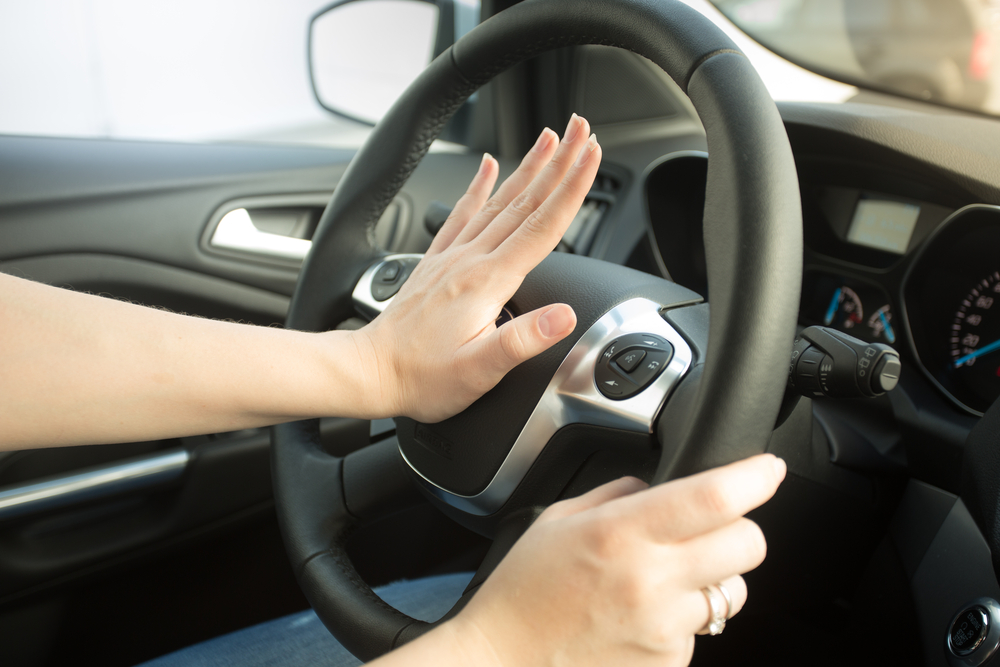
Whether everyone realizes or not, there are two types of car honks and each one has a totally different meaning.
A slight double honk is a casual reminder to the person in front of you, “Hey, friend. The light is green.” Good drivers actually appreciate the soft double honk, while bad drivers sometimes take offense. On the flip side, a long drawn out honk suggests to the other driver, “You’re an asshat and have failed us all!” It’s not very coded, everyone gets it.
There should be a law in place to solidify these two honks, ensuring no one gets upset over the wrong things. Just because someone doesn’t see the light change (probably glancing at a text) doesn’t mean they’re a bad driver. It just means they needed a heads up. If everyone is on the same page, the double honk is an easy and productive interaction.
THE ONE THAT WILL EASE TRAFFIC: Minimum Speed Limits Visible On Every Road
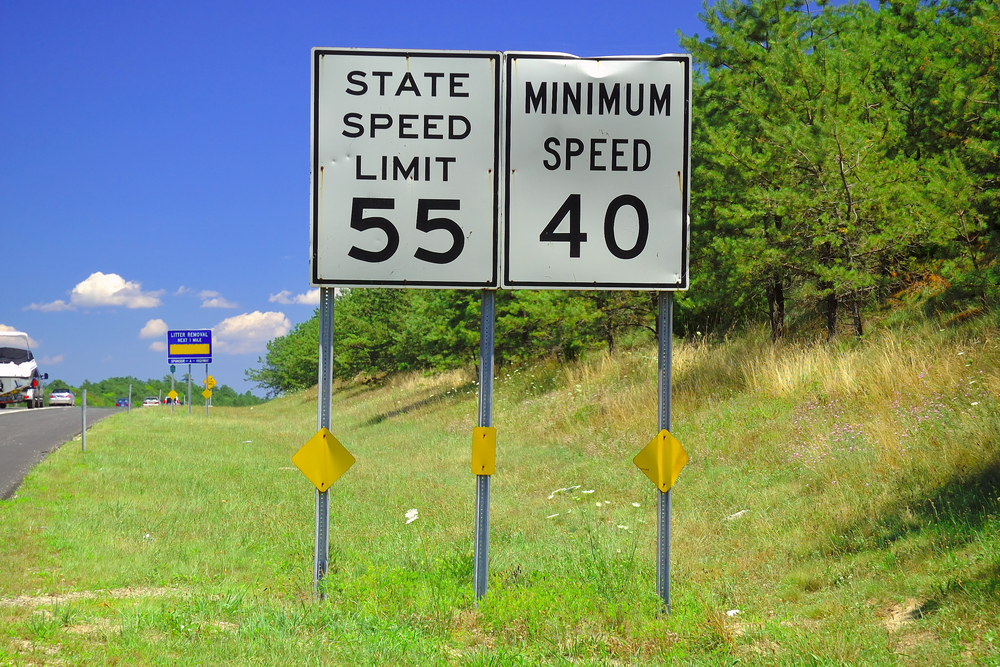
We’ve all been there. You’re cruising down the road at a good pace, when all of a sudden someone pulls in front of your car and immediately starts going 15 miles under the speed limit. They’re on their phone, or 85 years old, or both. All you want in life is to go around them, but it’s one lane and the only way to pass the motor-powered snail is by driving into oncoming traffic. After a few miles, that feels like the better option.
To avoid these instances of white-knuckled frustration and keep the flow of traffic moving, minimum speed limit laws should be in place on every road and visible on every street sign. If the speed limit is 25, the sign should also say ‘Min. Speed 20’ or ‘Min. Speed 15,’ depending on the road. So on and so forth, for every street. If you’re going too slow and it’s not because of a car problem, you should be getting a ticket. The insurance companies are already on board — penalizing slow drivers the same way they penalize people who get ticketed for speeding.
THE ONE THAT’S ONLY FAIR: Elderly People Required To Retake Driver’s Test, In All States
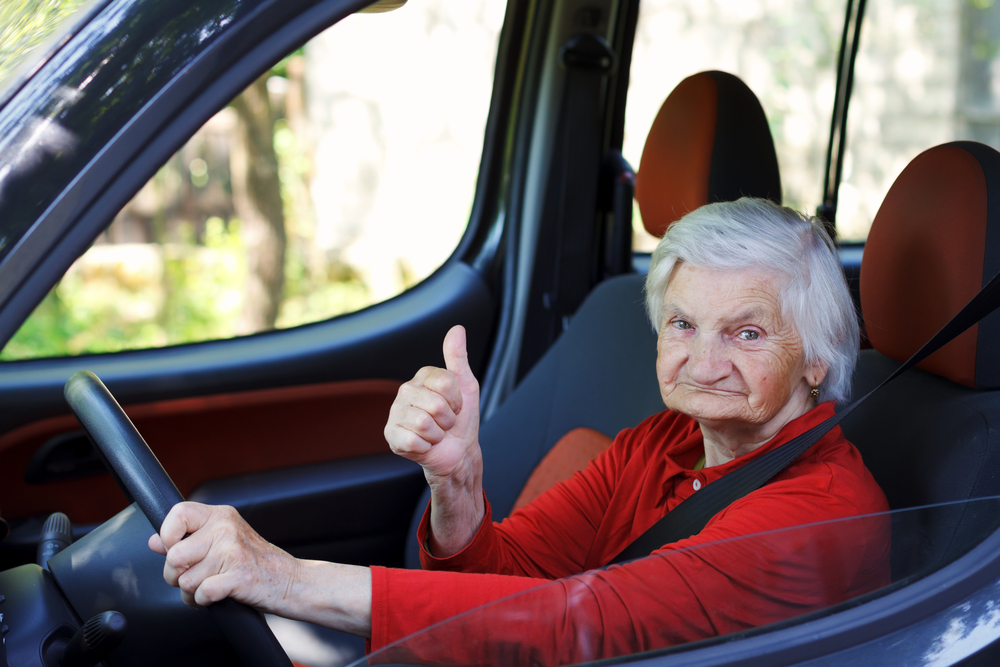
At a certain point, bodies begin to break down and our motor skills start to diminish. That deterioration hinders everything we do in life. That’s why elderly people need to retake their driver’s test after reaching a certain age. Let’s say 70, to be specific.
In many states, such as like California and Maine, similar laws already apply. Age and other variables differ per state, but many have laws in place that make keeping a license more difficult for drivers of a certain age. However, as you can see from the state by state laws for elderly drivers, almost no one follows the same rules and many still don’t have anything in place at all.
If we want to prevent old people from crashing into the front of Dunkin’ Donuts because they hit the gas and not the break, every driver should be required by law to retake their physical and written driver’s exam once they reach age 70, then again every five years after that. In person, every time. Older drivers who fight the move will be the ones who probably shouldn’t be driving anyway.
THE ONE WHERE ALL WHEELS ARE IMPORTANT: Car Accident Laws That Favor Cyclists
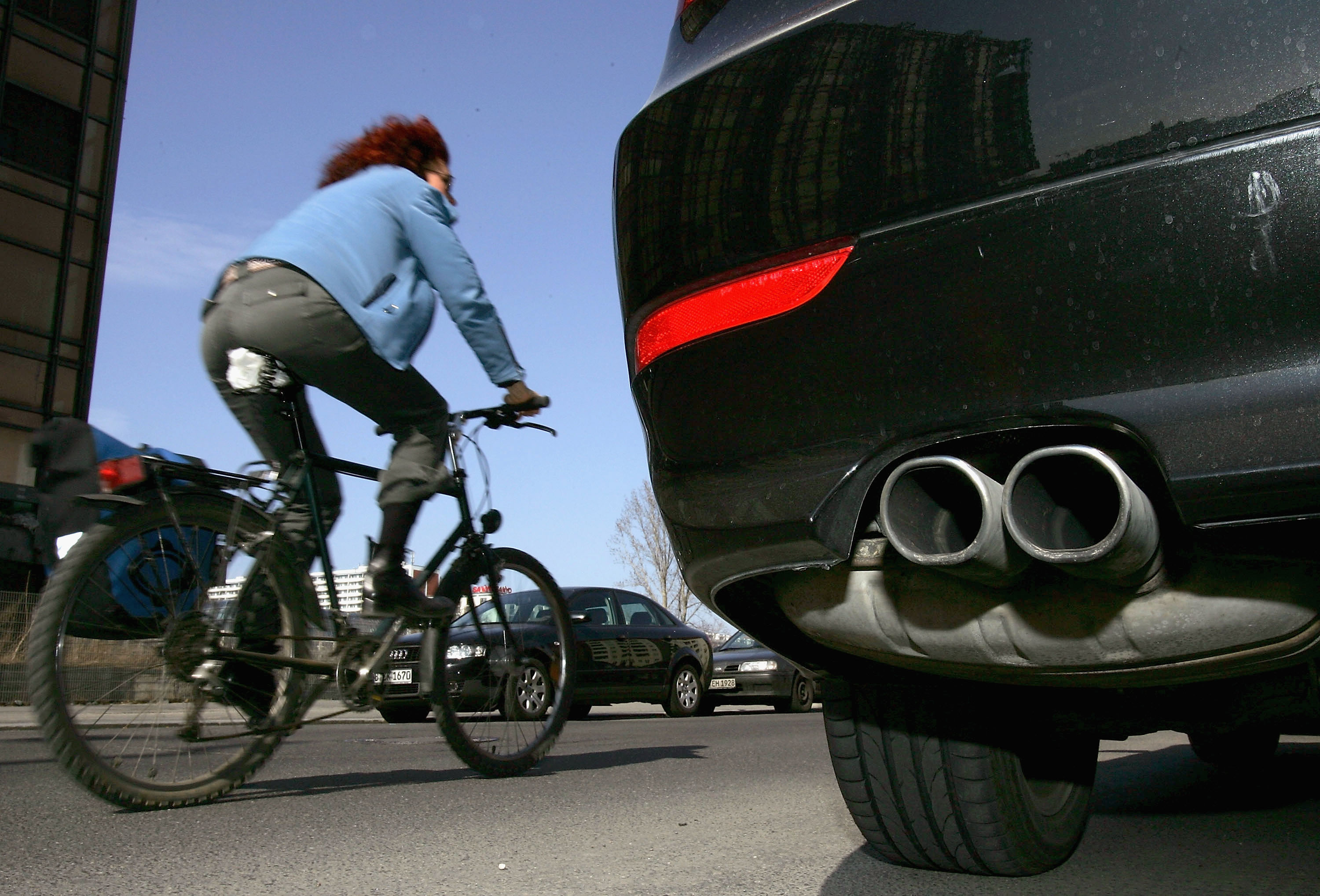
Bicyclists tend to get a bad rap from anyone on four wheels. Since they’re banned from driving on the sidewalk in many cities and have to drive amidst the traffic, they can very easily slow the flow of traffic. Still, no matter how inconvenient, cyclists have rights to the road too. Yet, many drivers don’t treat them that way, often ignoring them and many times, adding injury to insult. That’s one of the reasons around 700 people on bikes are killed a year on U.S. roads.
That’s also why there should be a cover-all traffic law holding automobile drivers liable for any accident involving someone on a bicycle, unless there’s proof they’re not at fault. This way, drivers would be more cautious of bike riders and finally respect their presence on the road.
The assumption has been proven by studies done in Scotland, where they tested their driver-friendly laws against the cyclist-friendly laws in Denmark, Germany and the Netherlands and found less automobile-bicycle accidents happened with this cyclist-friendly law in place. Hell, with further safeguards in place, more people might take up biking, in general — an all around win.
THE ONE THAT REALLY F**KING MATTERS: Ban Using Phones While Driving
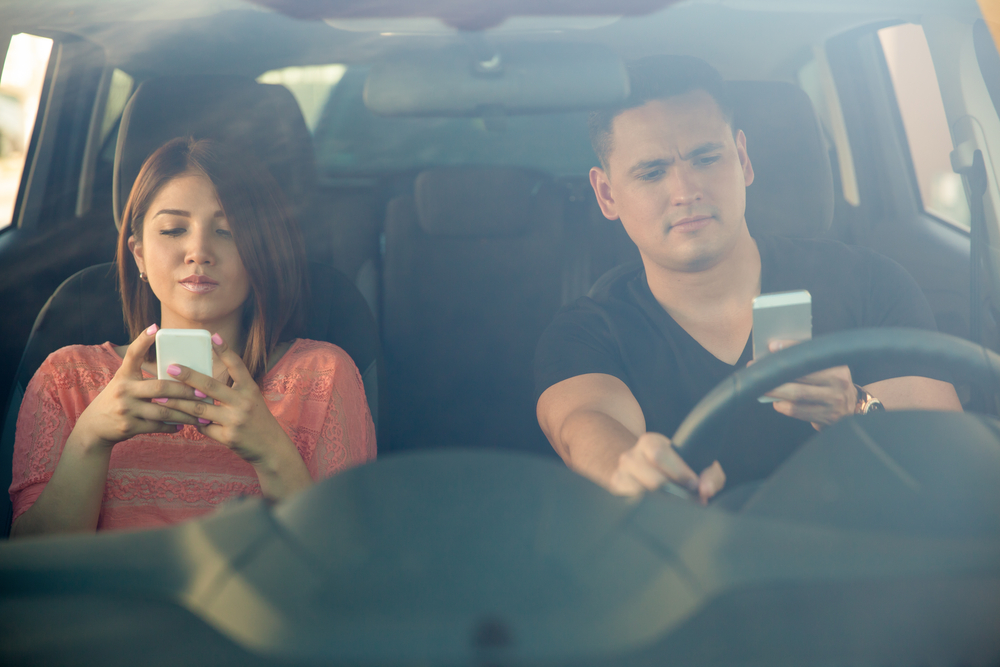
Realistically, none of the other laws would be nearly as necessary if this one was in place. Think about it. How many less people would we need to double honk at if drivers couldn’t use their phone in the car? How many less drivers would be going 15 miles under the speed limit if they weren’t texting plans to their friends? How many less cyclists would be hit from distracted drivers? Can you imagine how much worse an old person drives when using his iPhone? The answer to every one of those questions is ‘a lot.’
Forget a no texting law, that’s only valid in some cities, in certain states. The law should be no phone use, while the car is drive. Period. That means no Twitter, no Facebook, no Pokemon frickin’ Go. None of it. We all know how dangerous distracted driving is and shouldn’t need a law to stop us from making bonehead decisions.
Yet, statistics show 11 teens die every day as a result of texting while driving. What’s worse is that according to a AAA poll, 94% of teen drivers admit the dangers of texting and driving, but 35% claimed to do it anyway. That’s pretty damn close to the definition of insanity.
If there were a law that gave a gaudy fine to anyone on their phone while the car is motion, people might actually put their damn phones down for once and our country’s steadily rising accident trends might make a turn for the better.







